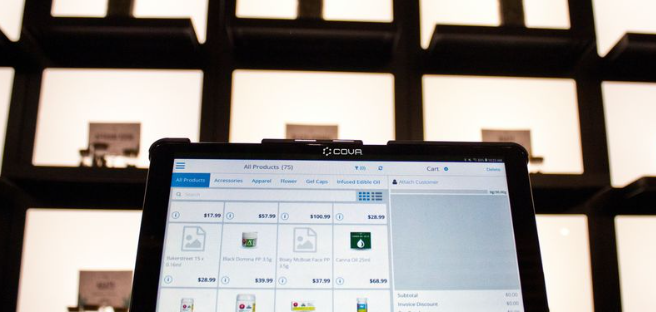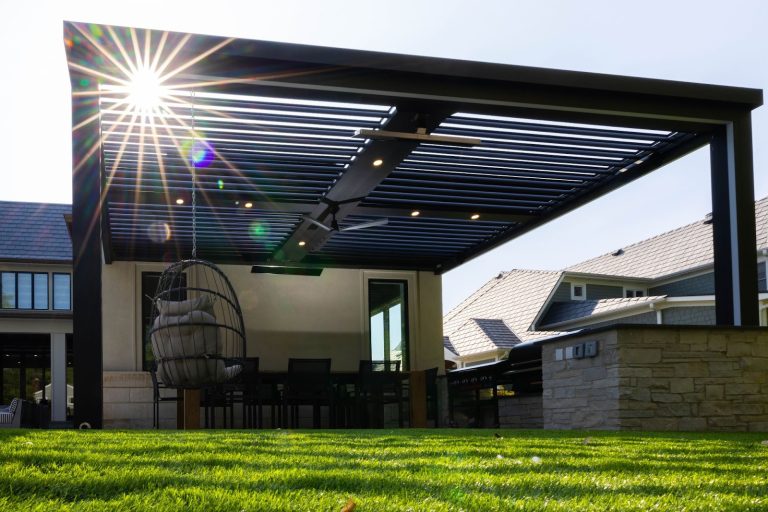7 Benefits of Real-Time Stock Forecasting for Retailers
What could be better for a retailer than knowing the accurate predictions of future product demand? With that incredible foresight, they can make insanely profitable inventory ordering decisions. Well, modern inventory forecasting software can fulfill this dream.
These solutions employ advanced analytics, machine learning, and data technology to forecast product sales and stock needs with mind-boggling precision. And we’re not just talking short-term projections – the best inventory forecasting software delivers accurate real-time demand forecasts that automatically update as new data rolls in.
This allows retailers to adapt assortment plans quickly, inventory levels, pricing strategies, marketing tactics, and operations on the fly based on the latest sales trends and customer behaviors. Implementing this powerful tech provides a huge competitive edge with several key benefits.
Now, let’s talk about the benefits of real-time stock forecasting software:
Optimal inventory levels
Investing too much cash into inventory that gets stuck on shelves or running out of hot sellers both suck. Real-time demand forecasting helps retailers avoid these inventory nightmares.
By analyzing data sources like POS transactions, shipment tracking, web traffic, social media trends, macroeconomic factors, historical sales patterns, and more, an inventory forecasting platform can precisely predict replenishment needs. This ensures just enough stock to meet demand without going over or under.
Maximized inventory turns
For retailers, inventory turnover is everything. The more frequently you can cycle through stock, the more sales volume and cash flow you generate off the same amount of inventory investment. Accurate demand forecasting facilitates faster turns.
With visibility into future product velocities and seasonality shifts, retailers can plan assortments that move off shelves rapidly. They stay aggressive with popular, fast-turning SKUs. But they also avoid tying up working capital in sluggish, deteriorating lines. This inventory optimization drives turns through the roof.
Reduction in safety stock
Traditionally, retailers had to carry expensive safety stock (extra inventory) as a hedge against unpredictable demand fluctuations or supply chain disruptions. However, with inventory forecasting software providing a continuous pulse on real-time sales patterns and potential issues, safety stock levels can be slashed.
The software’s self-adjusting forecasts account for demand volatility, so there’s less guesswork around how much backup inventory is required. This precisely “right-sizes” safety stock, freeing up loads of working capital that can be reinvested elsewhere.
Tailored assortments & localized offerings
One-size-fits-all assortment planning across all locations is inefficient and sluggish. Shopper demand varies hugely by region, local demographics, personal preferences, etc. Real-time inventory forecasting allows retailers to customize assortments at a hyper-local level.
By crunching localized data, the software pinpoints which products resonate most in each micro-market. Retailers can then build assortments tailored to local preferences, stocking the right products at the right neighborhood stores or digital storefronts.
Improved pricing precision
How do you optimize pricing strategies to hit financial targets while keeping customers happy? Constant data-driven inventory forecasts provide the answer. By understanding current and future product demand with accuracy, retailers can identify the perfectly priced segment-based price points.
For hot-sellers, prices can be optimized while products move through their demand life cycle curve. For sluggish movers, strategic promotions and markdowns clear through existing inventory efficiently. This surgical pricing precision avoids excessive markdowns and maximizes margins.
Streamlined marketing alignment
By aligning marketing tactics to future inventory positions, retailers eliminate disastrous over-promotion scenarios where they run out of advertised stock. They can also avoid getting stuck with excess inventory after the promotion period ends.
The forecasting software’s continuous demand projections enable this tight coordination between inventory levels and promotional calendars. Merchandising, advertising, email campaigns, and all marketing levers can be planned in advance and synced to smooth, predictable inventory flows.
Right-sized operations
Beyond just optimizing inventory, real-time forecasting helps retailers plan labor needs, distribution strategies, vendor management policies, and all kinds of supply chain operations.
If projections show an upcoming demand spike for certain product lines, staffing can be increased temporarily at the right DCs and stores. Conversely, operations can be dialed back during expected demand lulls to reduce costs. Shipment frequencies to different channels get balanced. Vendors get the notice they require for expediting or delaying orders.
With this omniscient view of real-time and future demand patterns across all retail value chain nodes, operations stay lean and perfectly aligned with actual inventory needs.
Conclusion
Retailers stuck using old forecasting techniques based on gut instinct, basic spreadsheets, or slow-moving historical data are essentially flying blind. There’s simply too much complexity, outside data to consider, and volatility in the retail industry.
Modern inventory forecasting software cuts through the fog. Using AI, machine learning, and data science, it provides a precise real-time view of future product demand and inventory trajectories. Retailers can then proactively optimize assortments, pricing, marketing spend and streamline operations before getting backed into a corner.







